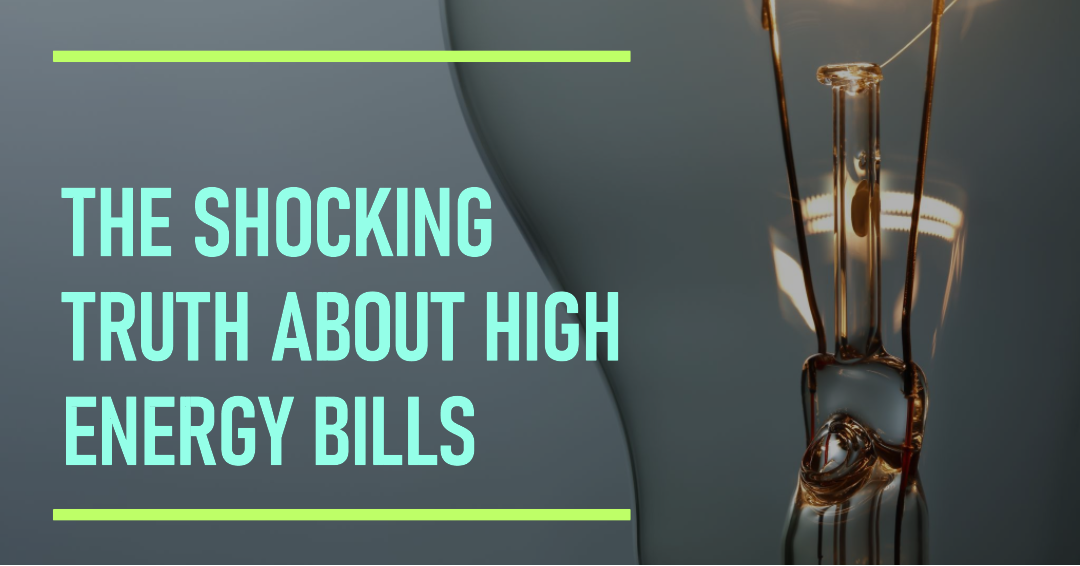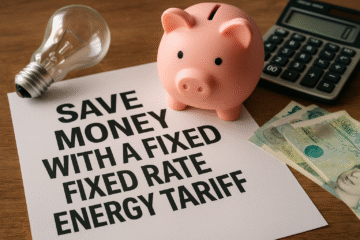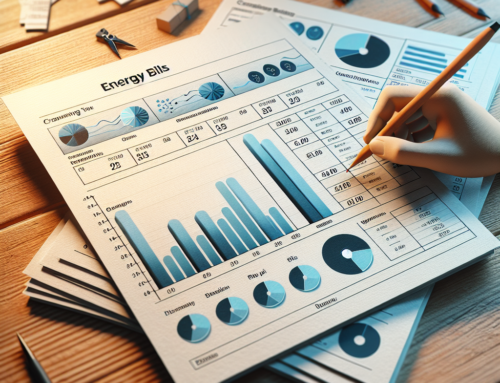Experts anticipate that energy bills will remain high until at least the late 2030s, implying continuous pressure on household budgets. Renowned for their accurate energy bill forecasts, analysts at Cornwall Insight suggest that UK prices won't fall below 2022 levels until the late 2030s.
Transition in Energy Consumption
During this period, the UK will likely shift towards gas, increasing the demand for electricity and consequently, prices. Phase-outs are already in progress for gas boilers, with cars running on electricity and diesel being replaced by electric-powered vehicles. This transition has led to households wrestling with escalating energy bills since October 2021.
Global Events and Energy Prices
Despite the overall energy prices showing signs of decline, gas prices remain high due to the ongoing Russian-Ukraine conflict.
Wholesale Electricity Price Impact
The cost of electricity to energy firms, termed as wholesale electricity prices, have plunged from approximately £215.43 per MWh to £130. Cornwall Insight predicts these prices will align with 2021 levels – £69 per MWh – by the late 2030s.
Hedging Strategy of Energy Firms
To mitigate risks from vast wholesale energy cost fluctuations, energy firms employ a ‘hedging' strategy, purchasing gas and electricity in advance. This strategy means that our current monthly bills reflect the wholesale cost at the time the supplier paid for the energy, not today's prices.
Investing in Renewable Energy
Senior modeller at Cornwall Insight, Tom Edwards, emphasizes the urgent need for government and decision-makers to comprehend the importance of continued investment in renewable energy sources and innovative solutions.
Current State of Energy Bills
Currently, the average energy bill sits at £2,074 a year – the level of the price cap set by regulator Ofgem. Due to the Government's Energy Price Guarantee promise, no home will pay more than £3,000 a year for energy, a scheme that ends next March.
Ways to Save on Energy Bills
The primary ways to save on energy bills involve using less energy or finding a cheaper deal. Since October 2021, when prices began to soar, energy firms have stopped offering new fixed-rate deals.
Why Are Energy Bills So High?
Post-pandemic, demand for gas skyrocketed but supply struggled to keep pace. This discrepancy, further compounded by Russia's invasion of Ukraine causing a squeeze on gas supplies across Europe, sent prices soaring for both households and businesses.
Fixed-Rate Deals and Their Value
Currently, So Energy is offering the only fixed energy tariff for new customers, priced at £2,047 a year for average energy use, available through price comparison website Uswitch. Fixed-rate energy tariffs usually last for 12 or 24 months, with some lasting irregular times such as 18 months. Assessing the value of a fixed-rate deal depends on future energy prices and individual needs.






